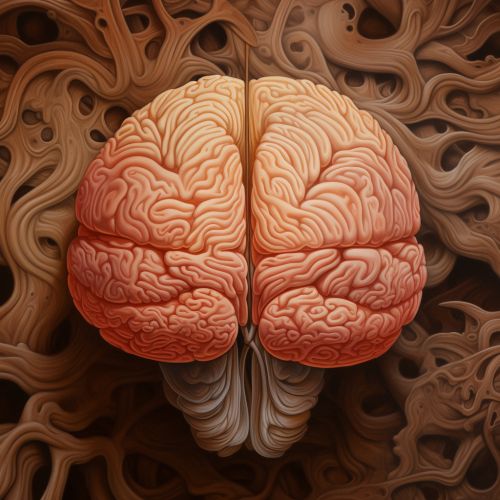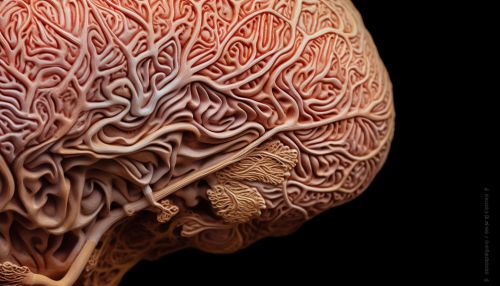Occipital Lobe
Anatomy and Structure
The occipital lobe is one of the four major lobes of the cerebral cortex in the brain of mammals. It is located at the posterior region of the cerebral cortex and is the visual processing center of the mammalian brain containing most of the anatomical region of the visual cortex. The primary visual cortex is Brodmann area 17, commonly called V1 (primary visual area).


Function
The main function of the occipital lobe is to process visual information. This is done through a system of retinotopic maps, where sections of the visual field are processed by corresponding sections of the lobe. The occipital lobe is divided into several functional visual fields, each of which has a specific function in the processing of visual information. These include the primary visual cortex (V1), the secondary visual cortex (V2), and the associative visual cortex (V3, V4, and V5).
Clinical Significance
Damage to the occipital lobe can cause visual impairments such as hemianopsia, akinetopsia, and achromatopsia. The occipital lobe is also the region most commonly affected by visual migraines and epilepsy. In addition, certain psychiatric disorders, such as schizophrenia, have been linked to abnormalities in the occipital lobe.
Research and Studies
Research on the occipital lobe has focused on understanding the neural mechanisms underlying visual perception and processing. Studies have used a variety of techniques, including functional magnetic resonance imaging (fMRI), positron emission tomography (PET), and electroencephalography (EEG), to investigate the role of the occipital lobe in visual perception.
